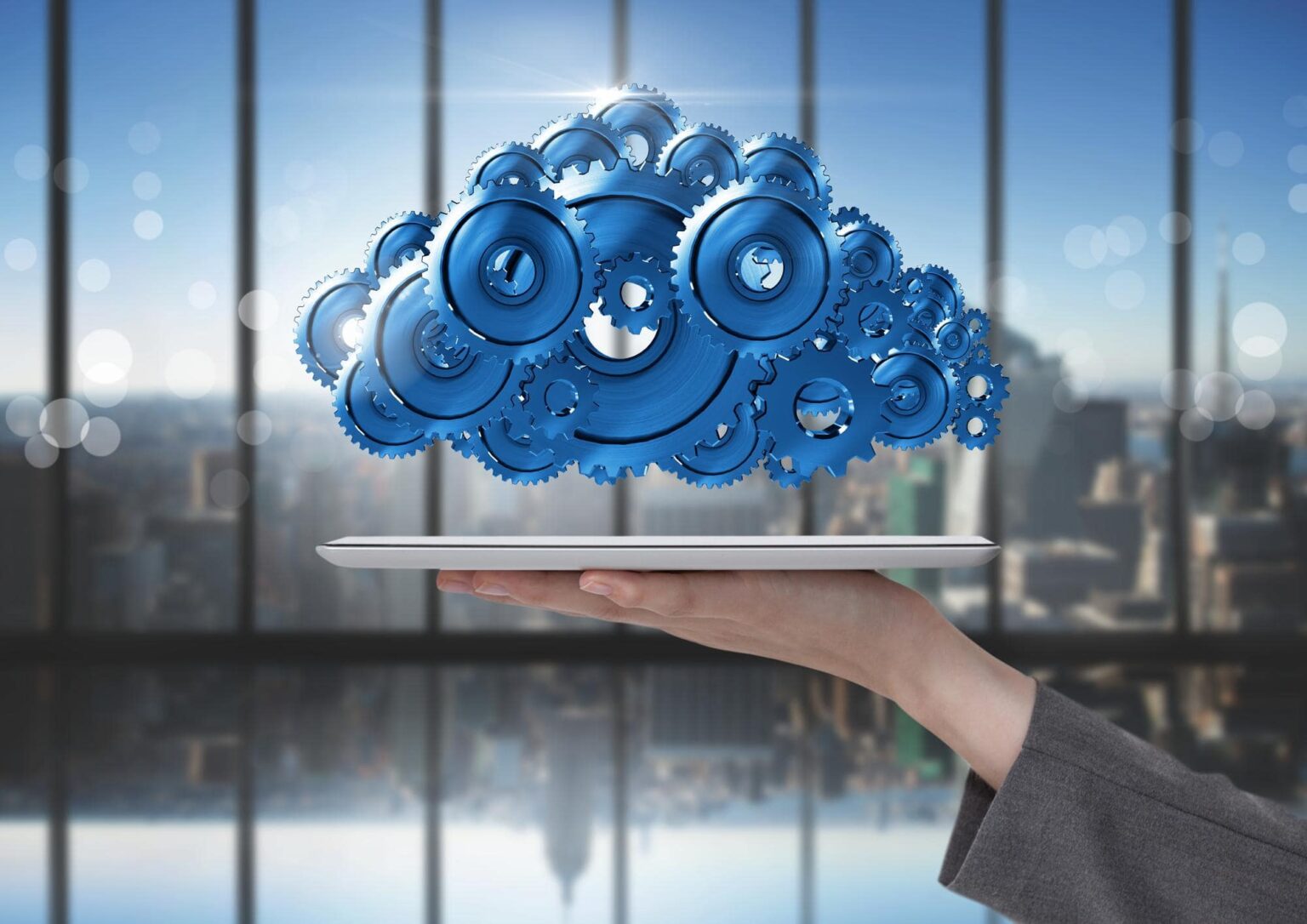Cloud computing has revolutionized the manufacturing industry by enabling connectivity, scalability, and cost-effective IT infrastructure. Here’s how cloud computing benefits the manufacturing sector:
- Connectivity and Collaboration: Cloud computing allows manufacturers to connect and collaborate across geographically dispersed locations. Employees, suppliers, and partners can access shared resources, applications, and data from any location with an internet connection. This facilitates real-time communication, data sharing, and collaboration, leading to improved efficiency and productivity.
- Scalability and Flexibility: Cloud computing provides manufacturers with scalable and flexible IT resources. They can easily scale up or down their computing infrastructure based on demand, without the need for significant upfront investments. This agility allows manufacturers to respond quickly to changing market conditions, scale production capacity, and adapt to business needs.
- Cost Savings: Cloud computing eliminates the need for on-premises infrastructure, reducing capital expenditure on hardware, software licenses, and maintenance. Manufacturers can leverage cloud services on a pay-as-you-go basis, paying only for the resources they consume. This cost-effective model enables manufacturers, especially small and medium-sized enterprises (SMEs), to access advanced IT capabilities without a substantial financial burden.
- Data Storage and Analytics: Cloud computing provides scalable and secure storage for manufacturing data. Manufacturers can store large volumes of data generated from sensors, machines, and production processes in the cloud. Cloud-based analytics tools can then process this data to extract valuable insights, optimize processes, and enable data-driven decision-making.
- Disaster Recovery and Business Continuity: Cloud computing offers robust disaster recovery and business continuity capabilities. Manufacturers can replicate their data and applications across multiple geographic regions, ensuring data redundancy and availability in the event of a disaster. Cloud-based backup and recovery services enable quick data restoration, minimizing downtime and ensuring business continuity.
- Internet of Things (IoT) Integration: Cloud computing facilitates the integration of IoT devices and sensors in manufacturing operations. IoT devices can send data to the cloud for storage, analysis, and real-time monitoring. Cloud platforms provide the scalability and computational power required to handle the massive influx of data from IoT devices, enabling manufacturers to harness the power of IoT in optimizing processes and improving efficiency.
- Remote Monitoring and Control: Cloud computing enables remote monitoring and control of manufacturing processes and equipment. Manufacturers can access real-time data, monitor production performance, and make adjustments remotely using cloud-based dashboards and applications. This remote visibility and control help in optimizing operations, reducing downtime, and improving overall equipment effectiveness (OEE).
- Supply Chain Integration: Cloud computing allows for seamless integration and collaboration across the supply chain. Manufacturers can connect with suppliers, logistics providers, and customers through cloud-based platforms, enabling real-time information exchange, demand forecasting, inventory management, and logistics optimization. This integration enhances supply chain visibility, efficiency, and responsiveness.
Cloud computing has transformed the manufacturing industry by providing connectivity, scalability, and cost-effective IT solutions. By leveraging cloud-based services and platforms, manufacturers can streamline operations, optimize processes, enhance collaboration, and stay competitive in today’s rapidly evolving market.



